V-22 Osprey
-
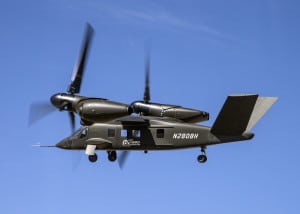 Business/Financial
Business/FinancialBell Opens Advanced Rotorcraft Center Near Pentagon
Foreseeing major future investment by the Defense Department in advanced vertical lift technologies, Bell [TXT] has opened up shop in the Pentagon-adjacent forest of commercial high rises where its primary […]
-
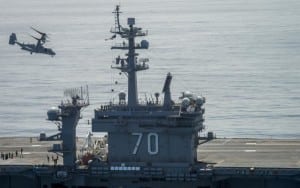 Navy/USMC
Navy/USMCOnly V-22 Can Ferry Spare Engines To F-35s Aboard Navy Carriers
NATIONAL HARBOR, Md. — Without the V-22 Osprey to deliver spare engines, nations buying the naval version of the F-35 Joint Strike Fighter will not be able to deploy them […]
-
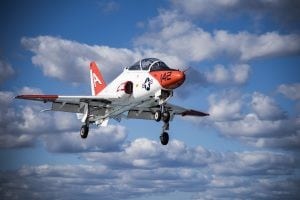 Navy/USMC
Navy/USMCDoD Officials Say T-45 Pilot Production Returning To Normal Levels But Notes ‘Unacceptable’ MV-22 Readiness Rates
Navy and Marine Corps officials said they expect T-45C Goshawk trainer pilot production to get back to full capacity by the end of the month but that the MV-22B is […]
-
 Navy/USMC
Navy/USMCCommandant Orders 24-Hour Pause In All Flight Ops Following MV-22 Crash
All Marine Corps aviation units will at some point during the next two weeks suspend flight operations for 24 hours as a result of the Aug. 5 crash of an […]
-
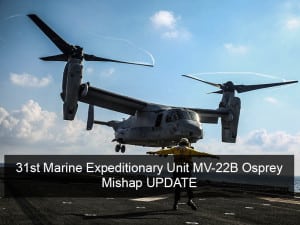 Navy/USMC
Navy/USMCOsprey Operations Ongoing As Recovery Of Downed MV-22 Continues Off Australia
The Marine Corps MV-22 Ospreys stationed on Okinawa remained operational Aug.7 as U.S. and Australian navy vessels attempted to recover wreckage of a downed tiltrotor off the east coast of […]
-
 Navy/USMC
Navy/USMCLawmakers Could OK Block Buys For V-22, F-35 Parts
The House Armed Services subcommittee on tactical air and land forces wants to authorize the Pentagon to buy aircraft and spare parts in bulk to save money on future purchases […]
-
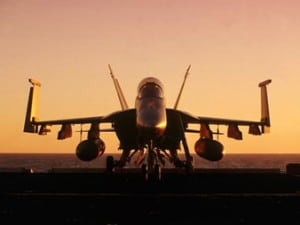 Navy/USMC
Navy/USMCFighter Jets, P-8s Highest On Navy’s Unfunded Priorities Wishlist
Additional fighter jets, P-8A Poseidons, and Ospreys are at the top of the Navy’s $5.3 billion annual wish list of systems and funding it would like but could not afford […]
-
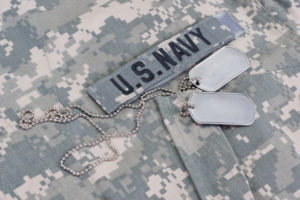 Navy/USMC
Navy/USMCFighter Jets, P-8s Highest On Navy’s Unfunded Priorities Wishlist
Additional fighter jets, P-8A Poseidons, and Ospreys are at the top of the Navy’s $5.3 billion annual wish list of systems and funding it would like but could not afford […]
-
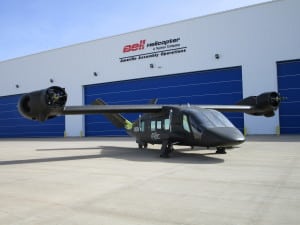 Army
ArmyBell Helicopter Focuses On V-280 Reliability, Maintainability To Drive Down Costs
AMARILLO, Texas—Bell Helicopter Textron [TXT] has cut nearly 40 percent of production build time for its very first V-280 from what it initially predicted by focusing on reducing flight hour […]
-
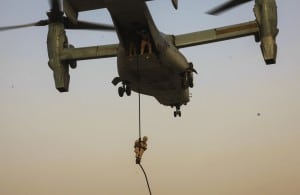 Air Force
Air ForceBell Helicopter Eyes Middle East V-22 Market As It Nears Completion Of Next-Gen Tiltrotor
ABU DHABI – Because of past and ongoing operations in U.S. Central Command, many countries in the region have seen first-hand what the V-22 is capable of in combat and […]
